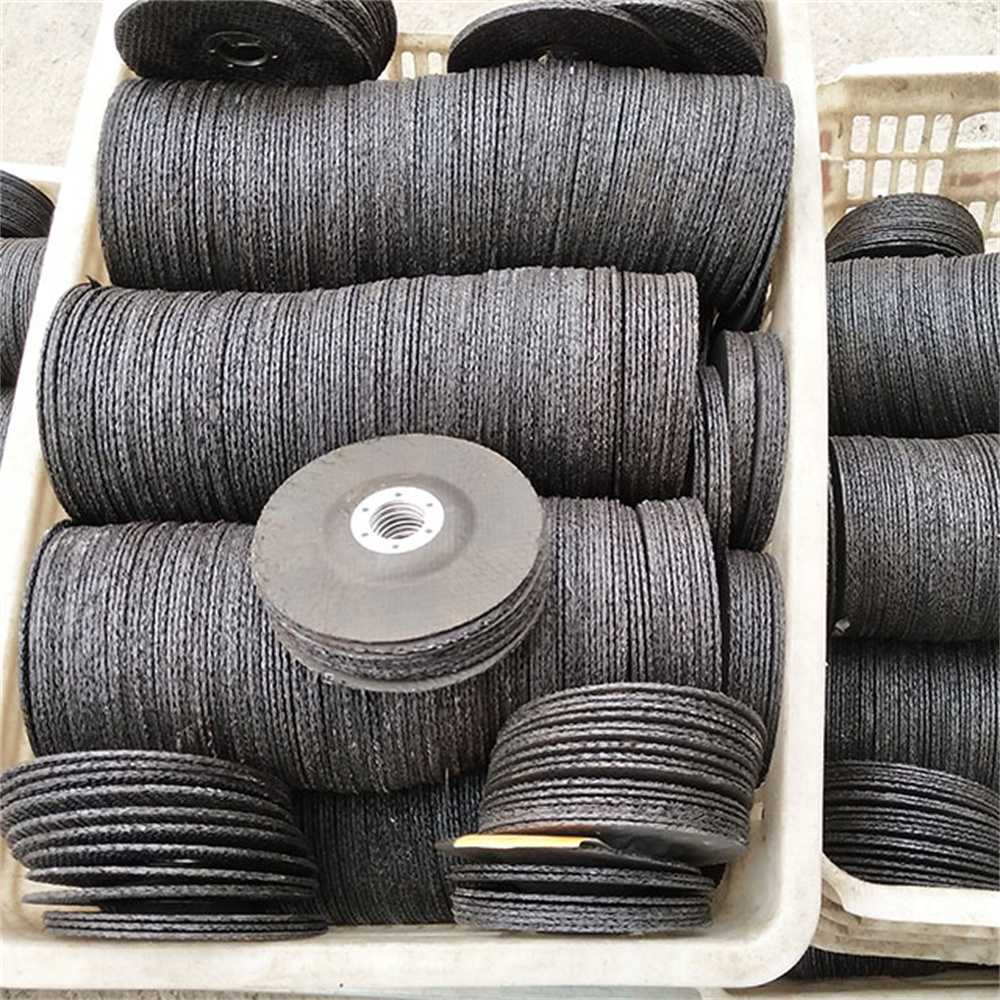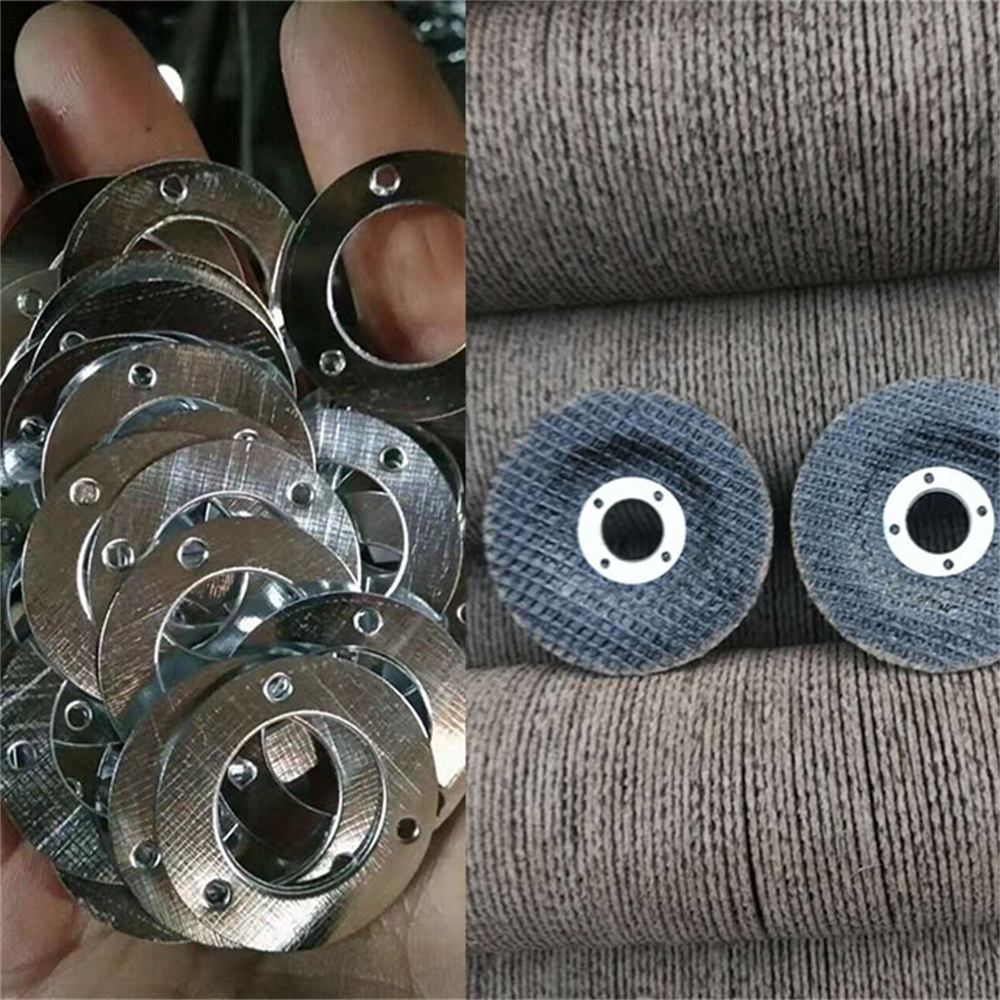| Home>Bearing knowledge>The fundamental production process of rolling bearings |
The basic production process of rolling bearings
| /*250*250 was created on 2017/12/25*/ var cpro_id = 'u3171089'; |
First, the processing of the primary parts of various bearings:
1. The processing of the ferrule: The processing of the inner ring and the outer ring of the bearing differs depending on the raw material or the blank method. The process before the machining can be divided into the following three types. The whole processing process is: bar or Pipe material (some bars need to be cast and annealed, normalized)----Car processing----heat treatment----grinding----finishing or polishing----final inspection of parts-- --Anti-rust----into the warehouse----(to be installed)
2. The processing process of the steel ball, the processing of the steel ball is different depending on the condition of the raw material, and the process before the frustration or the photosphere can be divided into the following three types, the process before the heat treatment, and can be divided into The following two processes; the whole processing process is: bar or wire cold-punching (some bars need to be punched and annealed after cold-shrinking)----frustration, rough grinding, soft grinding or light ball---- Heat treatment----hard grinding----fine grinding----finishing or grinding----final inspection group----rust prevention, packaging----into the warehouse to be installed.
3. Roller processing The processing of the roller varies depending on the raw material. The process before the heat treatment can be divided into the following two types. The whole processing process is as follows: bar processing or wire cold rolling after the string And soft grinding----heat treatment----string soft point----rough grinding outer diameter----rough grinding end face----finishing end face----fine grinding outer diameter----final grinding Outer Diameter----Final Inspection Group----Anti-rust, packaging----into the warehouse (to be installed).
4. The processing progress of the cage process cage is different according to the layout and raw materials, and can be divided into the following two categories:
(1) Sheet → shear → punching → stamping forming → shaping and finishing → pickling or shot peening or stringing → final inspection → rust prevention, packaging → storage (to be installed)
(2) Processing process of solid cage: The processing of solid cage is different depending on the raw materials or the gross damage. Before the machining, it can be divided into the following four blank types. The whole processing process is: Material, pipe material, forgings, castings----car inner diameter, outer diameter, end face, chamfering----drilling (or pulling holes, boring)----pickling----final inspection-- --Anti-rust, packaging----into the warehouse.
Second, the installation process of the rolling bearing:
Rolling bearing parts such as inner ring, outer ring, roll body and cage, etc., after passing the inspection, enter the installation workshop for installation, the process is as follows:
Parts demagnetization, cleaning → internal and external rolling <ditch> road scale grouping → joint set → view clearance → riveting cage → final inspection → demagnetization, removal → rust prevention, packaging → into the product warehouse (boxing, shipping 〉.
Recommend to friends comments close window
| Bearing related knowledge |
| Koyo bearing correct device and operation fault view "sliding bearing" grease performance and selection analysis After the work of NTN bearing work, the selection method of bearing equipment analyzes the basic layout of the deep groove ball bearing and analyzes the good and bad |
This article links to http://
Please indicate China Bearing Network http://
Previous:Inductive Bearings--Characteristics of Angular Touch Ball Bearings Next:Precautions for Diesel Bearing Burning (2)
Flap Disc Backing Pad Specification:
Material: High Purity Fiberglass Cloth with Phenolic Resin
Surface: Black Paper, OEM Label
Type: T27, T28, T29.
Size: 75mm, 85mm, 90mm, 95mm, 107mm, 117mm, 140mm, 220mm
Layers: Normally it ranges from 6-12 layers, or as customers` requirements.
1. Our Flap Disc backing pad uses stamping method, makes our fiberglass backing pad size more accurate and concentricity better
2. The flap disc backing Inspect all products, to maximize the rate of standard product
3. The fiberglass backing pad is thicker, which is beneficial to increase the synchronous consumption of the flap disc
4. The fiberglass backing pad has more micro space to make the resin deeper import, and the Sanding Belt is easier to fit on the fiberglass backing pad
5. This Nylon fiber backing pad use dense glass fiber mesh cloth, the surface of the fiberglass backing pad is more smooth and beautiful than similar products
The Fiberglass backing pad is Suitable for: Abrasive Flap Disc , Clean And Strip Disc , nylon fllap wheels,
The related abrasive products we can supply is Flap Disc Adhesive , Bonded Abrasives , and Buffing And Polishing products, such as Cotton Buffing Wheels and Sanding Sponge , if you have any needs about abrasive tools, please kindly feel free to contact us.
Packaging Details for Fiberglass backing plate:
1. 20-50pcs wrapped with polyethylene film,
2. 250-1000pcs into boxes or cartons
3. 20-40 cartons are packaged on one pallet.
4. Usually about 250 000-350 000pcs per 20" conainer,
about 400 000-650 000pcs per 40" conainer.
about 1 000 000 pcs per railway wagon.


Fiberglass Backing Pad,Fiber Glass Backing,fiberglass back pad for flap disc,Flap Wheel Backing Pad,fiber glass back pad
Zhengzhou Jiading Abrasive Manufacturing Co.,Ltd , https://www.jd-abrasives.com